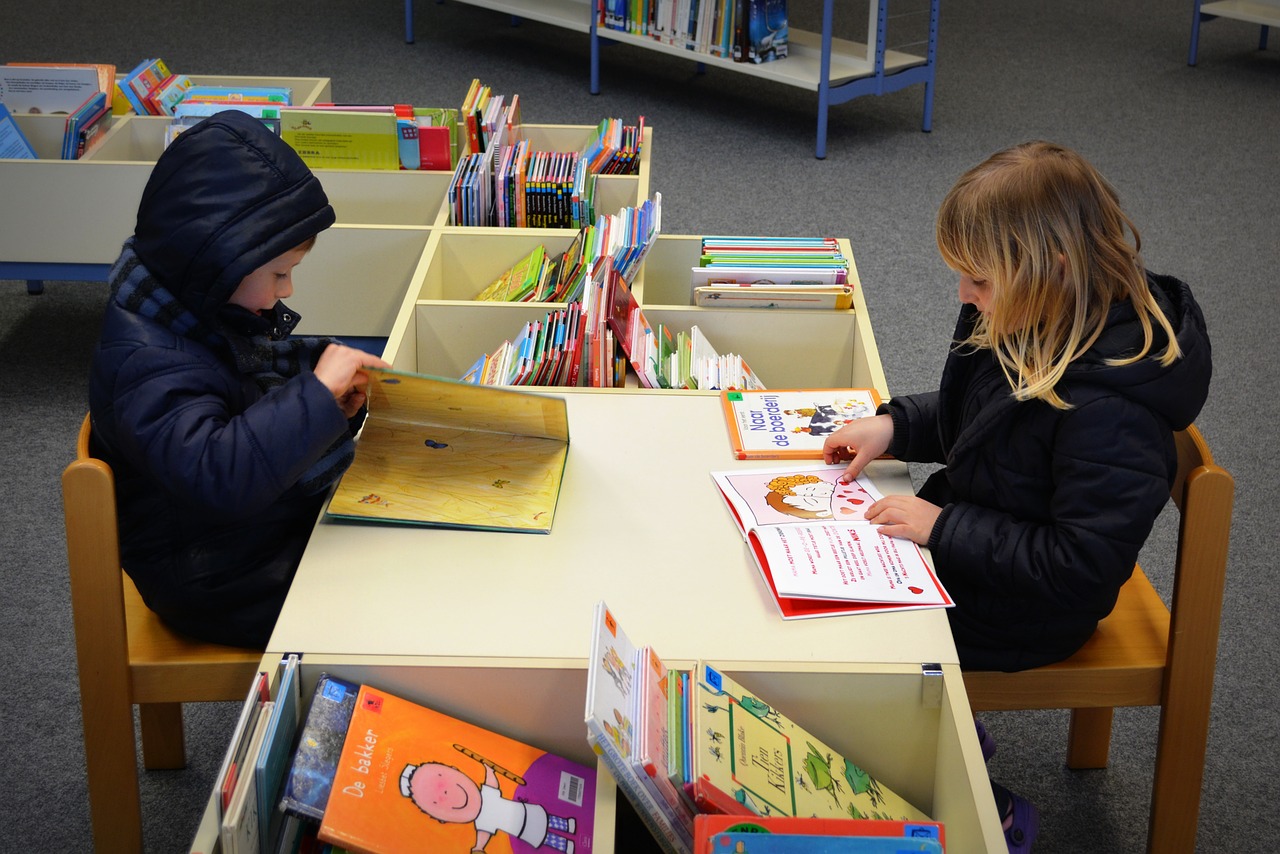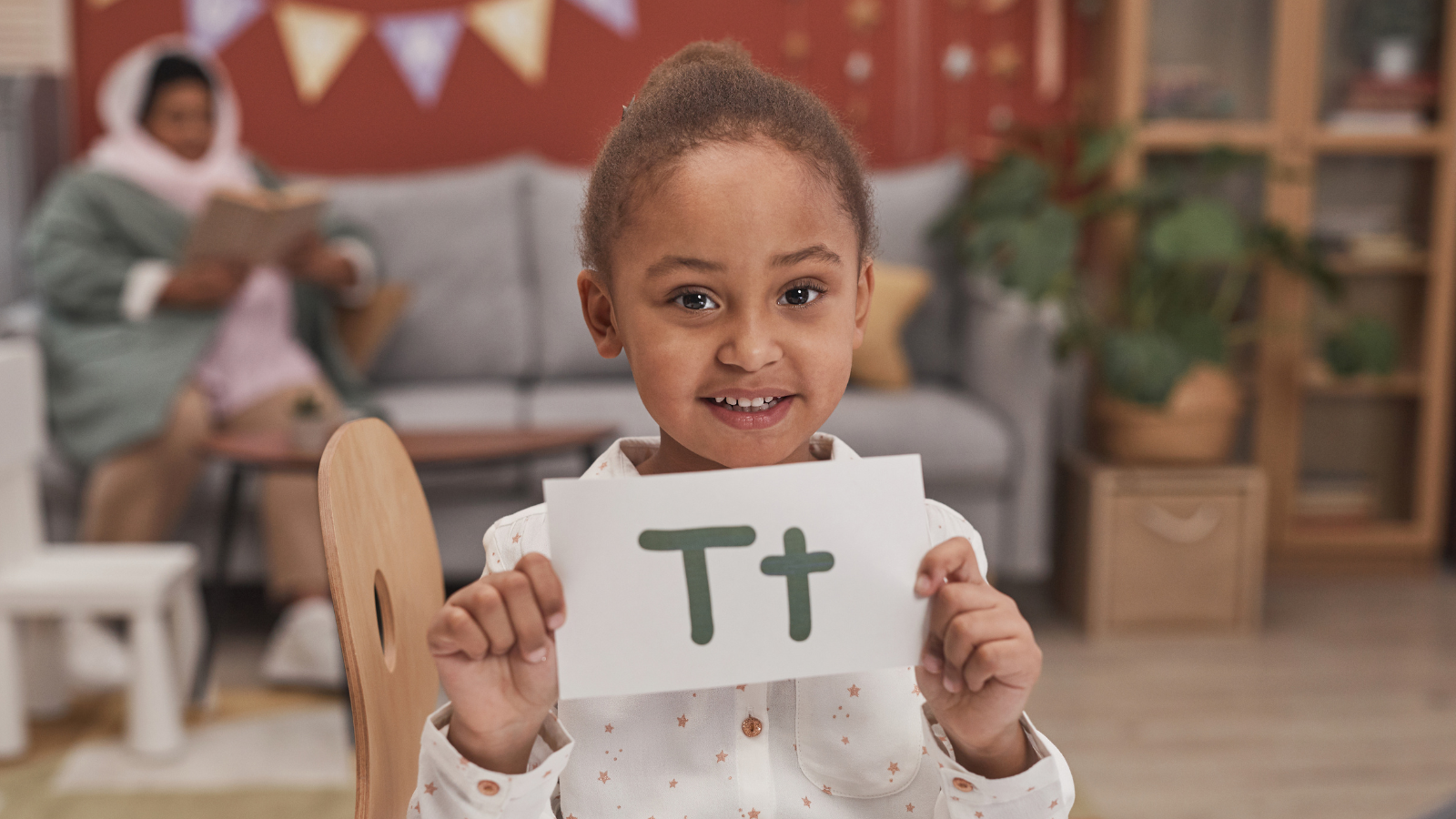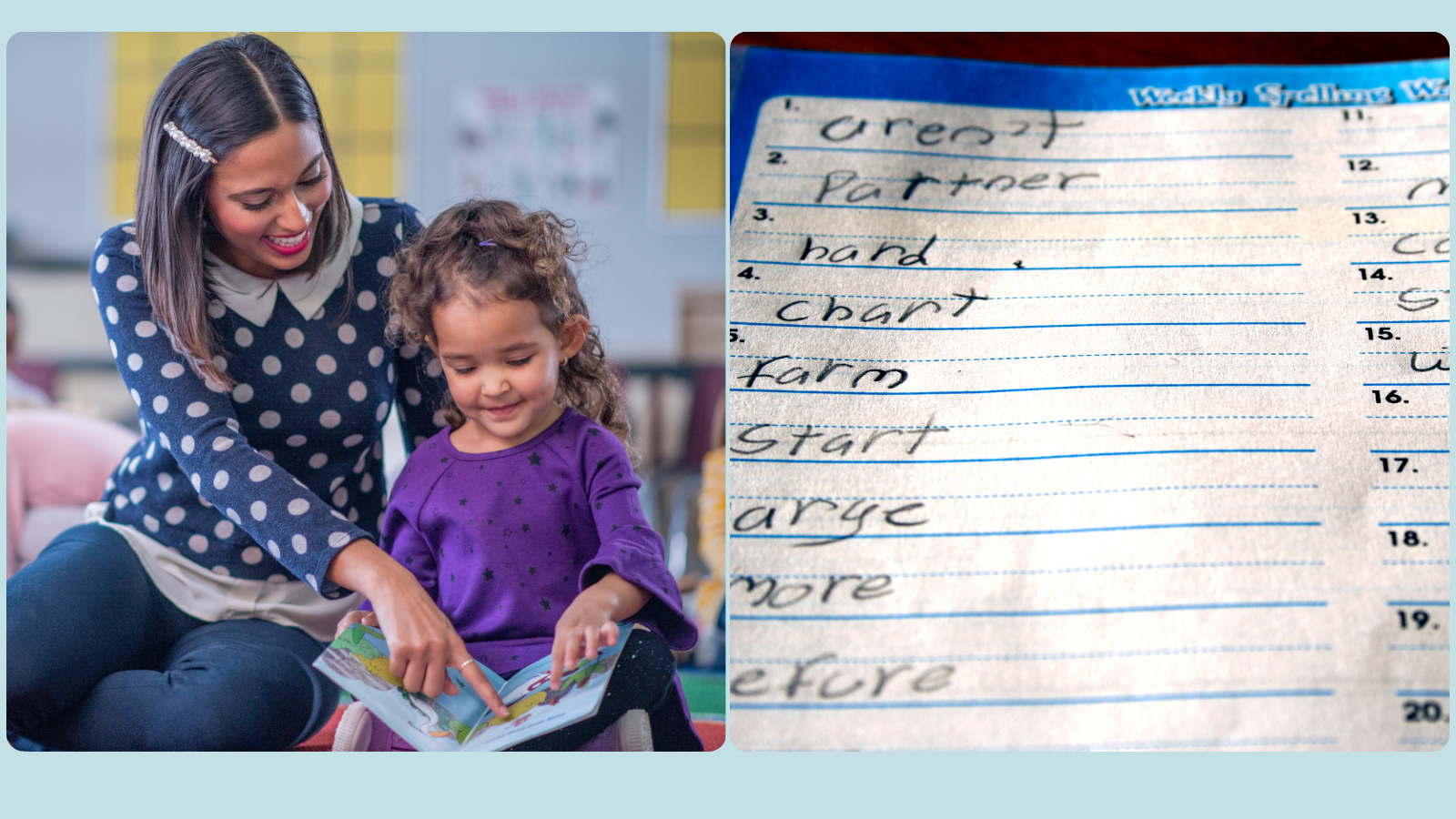Kick-start your child’s reading with speech sound knowledge (phonological awareness)
To learn to read properly, phonological awareness is:
- one of the Big Five skills kids need to know; and
- one of the three so-called ‘cognitive foundations’ of literacy,
(Hulme & Snowling, 2013).
Compared to other necessary skills – like phonics and reading comprehension – it’s also harder to explain.
A. So what is phonological awareness?
- ‘Phonological’, here, means relating to the study of speech sounds in language.
- ‘Phonological awareness’ is knowledge of speech-sound-based skills including:
- perceiving speech sounds (e.g. the first sound in ‘cat’ is /k/; the last sound in ‘cat’ is /t/; the middle sound in ‘cat’ is /ae/);
- identifying rhymes, e.g. (‘cat’ and ‘hat’ rhyme because the so-called ‘rime’ /aet/ sounds the same, even though the start (onset) is different);
- identifying and manipulating syllables (or beats) in words (e.g. cat, jum-per, he-li-cop-ter; saying ‘butterfly’ without the last syllable, gives you ‘butter’);
- blending sounds into words (e.g. /k/ + /ae/ + /t/ together say ‘cat’);
- segmenting words into speech sounds (e.g. ‘cat’ is made up of three speech sounds: /k/, /ae/ and /t/); and
- manipulating sounds (e.g. If you say ‘cat’ (/kaet/), without the /k/, you are left with ‘at’ (/aet/). If you say moon without the /n/, you say ‘moo’; if you say ‘slip’ without the /l/, you say ‘sip’).
- ‘Phonological awareness’ is sometimes (imprecisely) called phonemic awareness*.
B. Why does phonological awareness matter so much?
- Phonological awareness skills are strong predictors of later reading ability (e.g. Adams, 1990; Lonigan, 2004, National Reading Panel, 2000; Melby-Lervag et al., 2012).
- The more sensitive a child is to component sounds in words (e.g. syllables, rhymes, individual sounds), the better reader he/she is capable of becoming – regardless of intelligence, memory, receptive vocabulary and social class (e.g. Adams, 1990; Lewis et al., 2006).
- Phoneme awareness is strongly correlated with individual differences in word reading ability, even controlling for short-term memory differences (Hulme & Snowling, 2013).
C. Do all kids learn phonological awareness skills easily?
No.
For example:
- children with developmental language disorders and/or speech sound disorders (speech-language disorders) tend to develop phonological awareness skills more slowly than typically developing kids (e.g. Goulandris & Snowling, 2004), increasing the risk they will have later reading difficulties (e.g. Rescorla, 2002; Catts et al., 2002).
- children who exhibit atypical speech error patterns tend to have poor phonological awareness and are at an increased risk of reading and/or spelling problems (e.g. Gillon, 2000, McNeill & Gillon, 2014).
- there is lots of evidence of a large initial gap in phonological skills between children with developmental language and/or speech sound disorders and their typically developing peers (e.g. Puranik et al., 2010). This gap leads to ongoing reading difficulties for many children with speech-language disorders (e.g. Leitoa & Fletcher, 2004), which has knock-on effects to other academic areas (e.g. Beitchman et al., 1996).
- as many as 47% of children with speech-language disorders may show persistent reading and spelling difficulties well into their teenage years (Stoeckel et al., 2013).
- children diagnosed with dyslexia show a large deficit on phonological awareness tasks compared to typically developing peers (Melby-Lervag et al., 2012).
D. How do you measure it?
In Australia, we have a number of standardised phonological awareness tests to assess a child’s phonological awareness development against their peers. In our clinic, for example, we use the Sutherland Phonological Awareness Test-Revised (Neilson, 2003). Another popular assessment is the Queensland University Inventory of Literacy (Dodd et al., 1996). The Clinical Evaluation of Language Functioning-4 also has a helpful criterion-based test with cut-off scores by age.
E. Can phonological awareness skills be taught?
Yes.
More than 20 years of research has demonstrated that phonological training programs that provide early, systematic teaching can prevent reading difficulties for most children (e.g. Ehri et al., 2001, Foorman et al., 1998).
There is promising (although still limited) evidence that younger students with speech-language disorders can learn phonological awareness skills (Al Otaiba et al., 2009). However, for older children (aged 7.5 and older) with speech-language disorders, it can be a long road (e.g. Pokorni et al., 2004). For this reason, early and intense intervention for children at risk of speech-language-readings disorders is recommended (e.g. Torgesen, 2000).
F. Which phonological awareness skills should be prioritised?
Children at risk benefit most from early intervention targeting phonological skills at the phoneme (sound) level. Training should focus, in particular, on:
- sound identification;
- sound-letter links (e.g. Muter al el., 2004); and
- phoneme (sound) blending, segmenting and manipulation skills,
(Warwick et al., 1993; Gillon, 2000, 2002, 2005; Ukrainetz et al., 2011; McNeil et al., 2009; Gillon & Macfarlane, 2017.)
G. How should phonological awareness skills be taught?
Phonological awareness training – especially for kids at risk of reading problems – should:
- start early;
- be taught explicitly and directly – particularly the links between sounds and letters;
- include specific feedback from the teacher/speech pathologist ;
- give the child lots of opportunity to reflect on their attempts;
- have specific targets, with outcomes measured;
- involve families; and
- be culturally sensitive, especially for indigenous children (Gillon & Macfarlane, 2017).
Bottom line
There is widespread agreement that phonological skills are the foundation for learning to read and write. Early mastery of phonological skills is vital for a child’s reading development. Some children – especially kids with speech-language disorders – need extra help to acquire phonological awareness skills. For children at risk of reading problems, phonological awareness training should be started early, directly taught, and focus at the sound level.
- Gillon, G. & Macfarlane, A. H. (2017). A culturally responsive framework for enhancing phonological awareness development in children with speech and language impairment. Speech, Language and Hearing, published online, 23 January 2017.
- Hulme, C. & Snowling, M. J. (2013). Learning to read: what we know and what we need to understand better. Child Development Perspectives, 7(1), 1-5.
- Al Otaiba, S., Puranik, C.S., Ziolkowski, R. A., Montgomery, T.M. (2009). Effectiveness of Early Phonological Awareness Interventions for Students with Speech or Language Impairments. Journal of Special Education, 43(2), 107-128.
Free Resource: For an example of an evidence-based Phonological Awareness Training Program for 5-7 year olds, including manual and materials, click here (The Gillon Phonological Awareness Training Programme, Programme Handbook, University of Canterbury).
* More technically, phonological awareness is knowledge about the sound structure of the language and the ability to manipulate the sounds making up that structure (Rayner, Foorman, Perfetti, Pesetsky, and Seidenberg, 2001).
Related Banter articles:
- Is your child struggling to read? Here’s what works
- When assessing Kindergarten and Year 1 students for reading difficulties, we should always test spelling. Here’s why.
- How to help your school-age child to learn new words – the nuts and bolts of how I actually do it in therapy
- Do we spend too much time on rhyming books? What else should we do to prepare pre-schoolers to read?
- The forgotten reading skill: fluency, and why it matters
- Too many children can’t read. We know what to do. But how should we do it?
- 24 practical ways to help school-aged children cope with language and reading problems at school and home
- 6 strategies to improve your child’s reading comprehension and how to put them into practice
- ‘Does dyslexia exist?’
- Are reading comprehension problems caused by oral language deficits?
Related Banter resources:
- Introducing The Scatter-Slayer Adventures: a decodable digital ‘select-your-sequel’ series for reluctant readers. Book 1: Don’t Stay! Be Afraid! (covering <ai> and <ay> now free!)
- Is your Kindy kid really reading? Find out with our 7 free mini-stories
Image: http://tinyurl.com/hddr66y

Hi there, I’m David Kinnane.
Principal Speech Pathologist, Banter Speech & Language
Our talented team of certified practising speech pathologists provide unhurried, personalised and evidence-based speech pathology care to children and adults in the Inner West of Sydney and beyond, both in our clinic and via telehealth.








